If you don’t own an iPhone, you’ll probably fall into one of three categories regarding the topic of this post:
- You assume the iPhone already has copy-paste, and are surprised to learn it’s just been added as part of the new iPhone 3.0 software, released today.
- You think everything Apple makes is overhyped and under-featured, and the prior lack of copy-paste is a perfect example of that.
- Huh?
But for those of us who do have an iPhone, it’s been a long time coming, and now we can experience it. To understand the philosophy at Apple, and why this feature was previously unavailable, you need to realize that Apple thinks big, and “big picture.” They want the iPhone to be a success for the long haul, and they want to transform the very nature of the smartphone. Deny Apple’s impact if you like, but I think it’s hard to argue that they haven’t done exactly what they set out to do. The iPhone isn’t intended to do everything, and, if you want to tinker with the system, you already know Apple products are not necessarily for you. But what the iPhone does, and does well, is provide a consistent, polished, and intuitive interface, and it uses that interface to deliver a “game-changing” experience.
With that in mind, we can begin to understand why Apple hesitated to offer copy-paste. The iPhone completely breaks from traditional user interfaces in a number of key ways. And if that new interface is going to be a success, it demands a radical rethinking of how certain things work. There simply is no straightforward way of adapting a mouse-centered activity like copy-paste to the touch screen interface. So Apple decided to take their time to get it right.
Did they? I think so. Let’s take a look at how it works.

In the first image, we see the article I was reading — an RSS feed from Brand New, displayed on the Google Reader website in Mobile Safari.

One cool feature the iPhone interface has always had — but that you may not know about — is the magnifying glass. When you’re typing, you can touch and hold your finger on any spot in the text to bring up the magnifying glass, which makes it possible — and easy — to place the cursor in a particular location. Now the magnifying glass appears in text you’re reading as well. As you move it around, it highlights individual words.

When you release your finger on a particular word in the text, the magnifying glass disappears and is replaced with the copy block. Note the blue dots in the upper left and lower right corners. These are your drag points.

When you start dragging, the magnifying “strip” (as I’ll call it) appears, allowing you the same character-level precision as the cursor in the magnifying glass when editing text. Let go, and the copy button reappears. Just tap that button to add the highlighted text to the clipboard.
To paste the text (for example, into an email), you use the same touch-and-hold technique to bring up the magnifying glass. When you release, a new set of buttons (like the copy button) appear, allowing you to select, select all, or paste. Tap paste, and your copied text appears.
Overall, it’s pretty good. I’m not the most imaginative when it comes to things like this, so I would never have envisioned this solution, nor can I immediately think of ways to improve it. It feels perhaps a bit clunkier than I would like — and appears to still be a bit buggy; when I tried to recreate the process I had gone through taking these screenshots, I found the magnifying glass stubbornly refused to appear.
Assuming the problems I had getting copy-paste to work were a fluke (maybe a restart is in order), I would give Apple an A- for this implementation. If it is in fact buggy and not quite ready for prime time, I’d drop that to a B+. Still, if I had to come up with a solution for this problem myself, it would be worthy of an F-.
(Yes, I know there’s no such thing as an F-. You don’t need to point that out.)
 I’ll take Jeffrey Zeldman over Jakob Nielsen any day. (Case in point.) And Zeldman’s criticism today of Microsoft’s inexplicable use of the Word HTML rendering engine in Outlook 2010 despite IE8’s genuine efforts to become standards compliant is true to form. A quote worth repeating in its entirety, re-tweeting (if it weren’t over 140 characters), and having tattooed on your favorite body part:
I’ll take Jeffrey Zeldman over Jakob Nielsen any day. (Case in point.) And Zeldman’s criticism today of Microsoft’s inexplicable use of the Word HTML rendering engine in Outlook 2010 despite IE8’s genuine efforts to become standards compliant is true to form. A quote worth repeating in its entirety, re-tweeting (if it weren’t over 140 characters), and having tattooed on your favorite body part:

